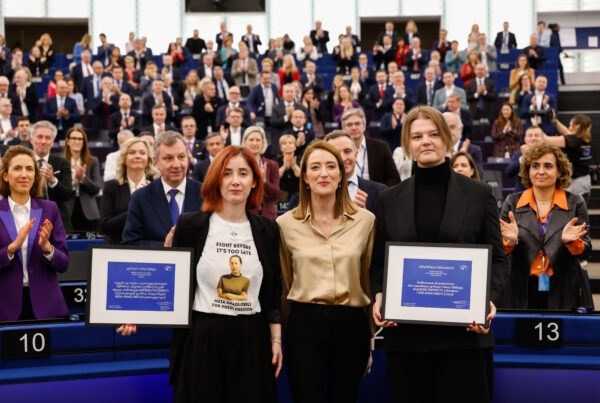A Europe-wide snapshot of the pandemic’s fiscal impact on municipalities and regions, and what support is still missing
The COVID-19 pandemic placed local and regional governments at the frontline of public health response in Europe. While ensuring safety, maintaining essential services, and supporting vulnerable populations, these governments were simultaneously burdened with spiralling costs and plummeting revenues. A survey conducted by the Council of European Municipalities and Regions (CEMR) in May 2020 offers critical insight into the financial distress faced by cities and municipalities across 17 European countries.
The survey reveals a dual pressure on local and regional finances: soaring expenditures, primarily for personal protective equipment, sanitation, and social support and sharp declines in revenue due to reduced economic activity. Tax revenues, municipal service fees, and income from the cultural and tourism sectors were severely impacted. For example, Bulgaria saw a 41% decrease in municipal income from its own sources, and Austria faced estimated municipal revenue losses between €900 million and €2 billion.
While local authorities acted swiftly, organising food deliveries, providing accommodation for healthcare workers, and ensuring online education, support from national governments was slow and often insufficient. Although a few countries, like Estonia and Germany, implemented meaningful aid measures, most national support was delayed, limited, or only promised in future budget cycles.
Many governments, like in France and Sweden, pledged support, but uncertainty remains about the long-term sustainability of subnational budgets. Furthermore, the varied structure of local financing systems across Europe means that the financial impact differs widely between countries and even among municipalities within the same country.
The CEMR report makes it clear: without timely and adequate support from national and European levels, local and regional governments risk losing the capacity to invest in recovery and sustainable development. To prevent a prolonged post-pandemic investment slump, EU funds, especially from the Recovery and Resilience Facility, must be made directly accessible to local authorities.
Only by empowering municipalities can Europe hope to achieve its long-term goals for resilience, cohesion, and sustainability. Now is the time for stronger multilevel cooperation and for the EU to acknowledge the central role of local and regional governments in shaping recovery.
For more information, contact:

Advisor – Territorial Cohesion & Local Finances






